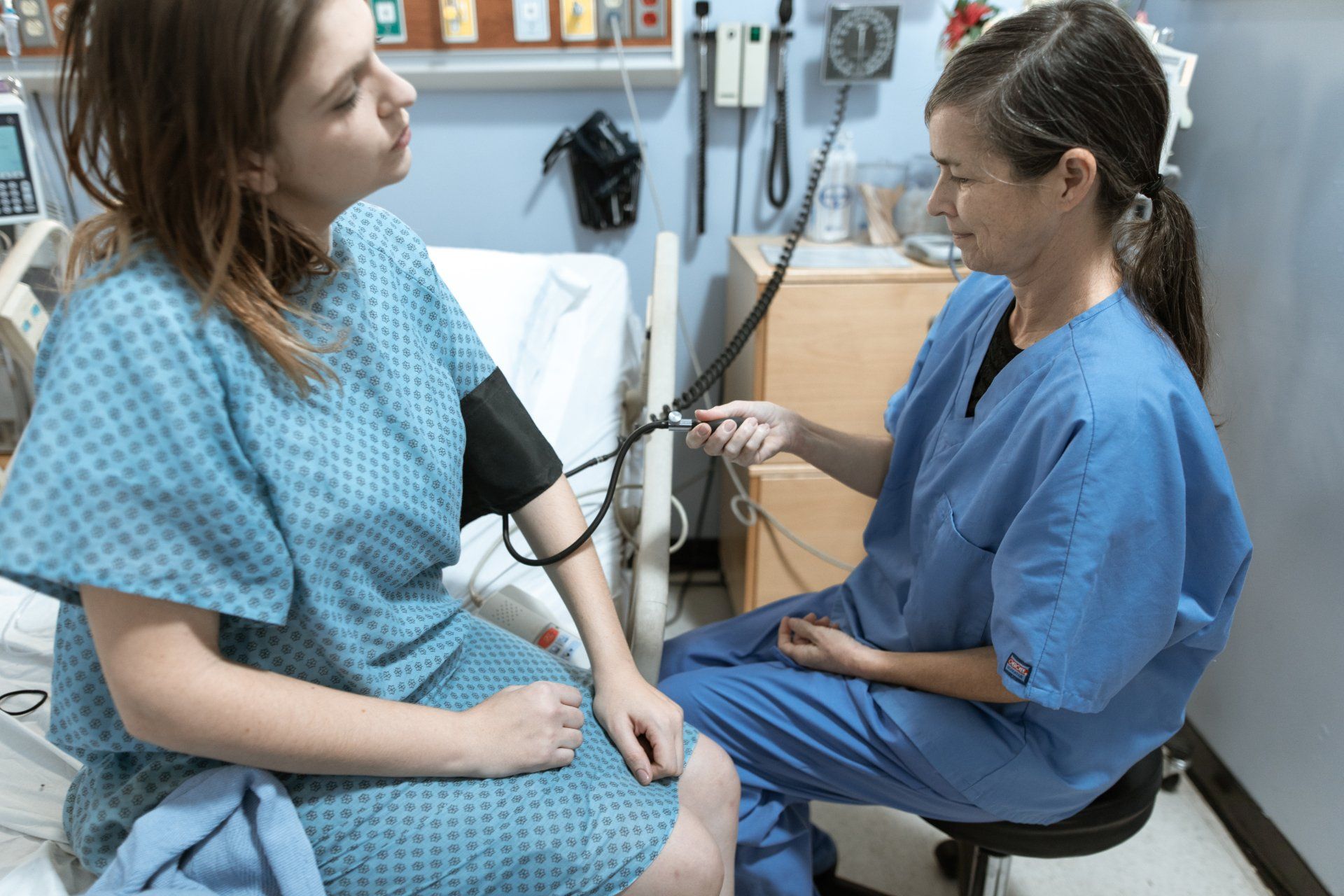Peripheral Artery Disease: Causes and Symptoms
Peripheral Artery Disease (PAD)

Peripheral artery disease is the narrowing of the peripheral arteries, the arteries leading away from the heart to the body.
The term "peripheral artery disease" (PAD) usually refers to narrowing of the arteries and reduced blood flow in the legs and feet, but PAD can be anywhere in the arms, abdomen, or legs.
PAD can be challenging to recognize, and many people mistake it for something else, and it often goes undiagnosed. But it is important to know if you have PAD because you have a higher risk of coronary artery disease, heart attack, and stroke if you have peripheral artery disease.
Causes
Peripheral artery disease, like coronary artery disease, is often caused by atherosclerosis, a waxy build-up of plaque (fat, calcium, and cholesterol) in the lining of the arteries, which causes narrowing and decreased blood flow through the arteries.
Atherosclerosis is not the only cause of PAD; less common causes include:
- Blood vessel inflammation
- Injury to the arms and legs
- Changes to the muscles or ligaments
- Exposure to radiation
Symptoms
Symptoms of peripheral artery disease are similar to symptoms of coronary artery disease:
- Pain or discomfort ranging from mild to severe in the legs or feet during walking or stair climbing, in the arms while moving them, and the pain goes away after a few minutes of rest
- Weakness, cramping, fatigue, or heaviness in the limb
- Aching in the limb
With severe PAD, you may have pain even during rest.
About 1 out of every four people with PAD will have these common symptoms; some will have different or none. 4 out of 10 people will not have leg pain.
More than half of people with PAD will have non-typical symptoms, including:
- Toenails and leg hair stop growing
- Hair loss on the legs
- Smooth, shiny skin
- Skin that is cool to the touch
- Cold or numb toes
- One foot feels colder than the other
- Pale, discolored, or blue limb
- Numbness
- Feeling of pins and needles in your feet or legs
- Sores that do not heal or heal very slowly
- Weak or no pulses in the extremity
- Erectile dysfunction
One in 5 people will not have any symptoms.
No matter your symptoms, you have an increased risk for heart disease, heart attack, and stroke with PAD.
Contact me for health articles or blog posts to educate your readers.
Thank you for reading!
Sources:
Mayo Clinic. (2022). Peripheral artery disease (PAD) - Symptoms and causes - Mayo Clinic
CDC. (2021). Peripheral Arterial Disease (PAD) | cdc.gov
AHA. (2021). About Peripheral Artery Disease (PAD) | American Heart Association
NIH. (2022). Peripheral Artery Disease - What Is Peripheral Artery Disease? | NHLBI, NIH











